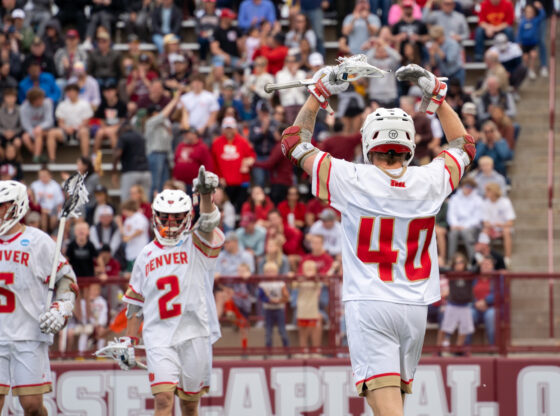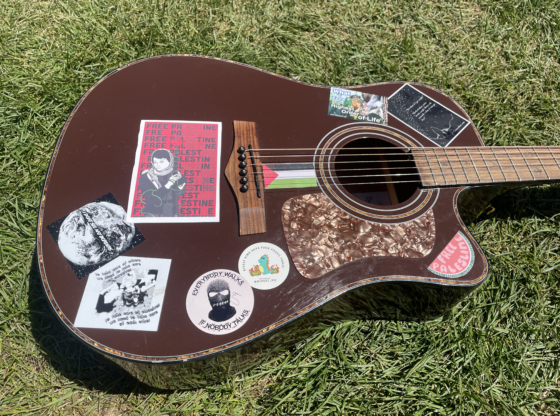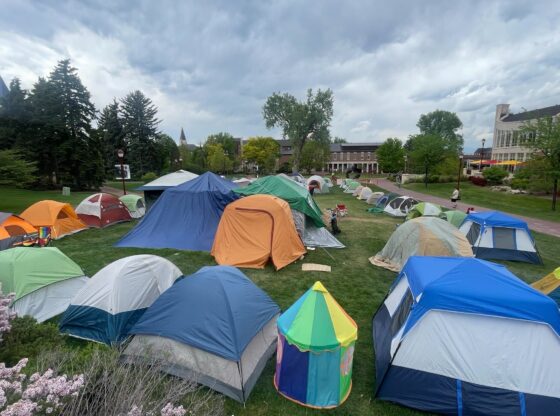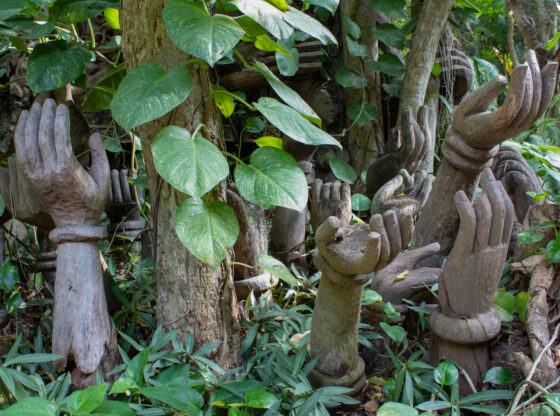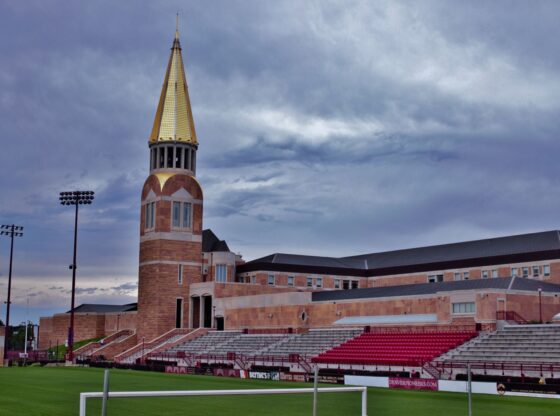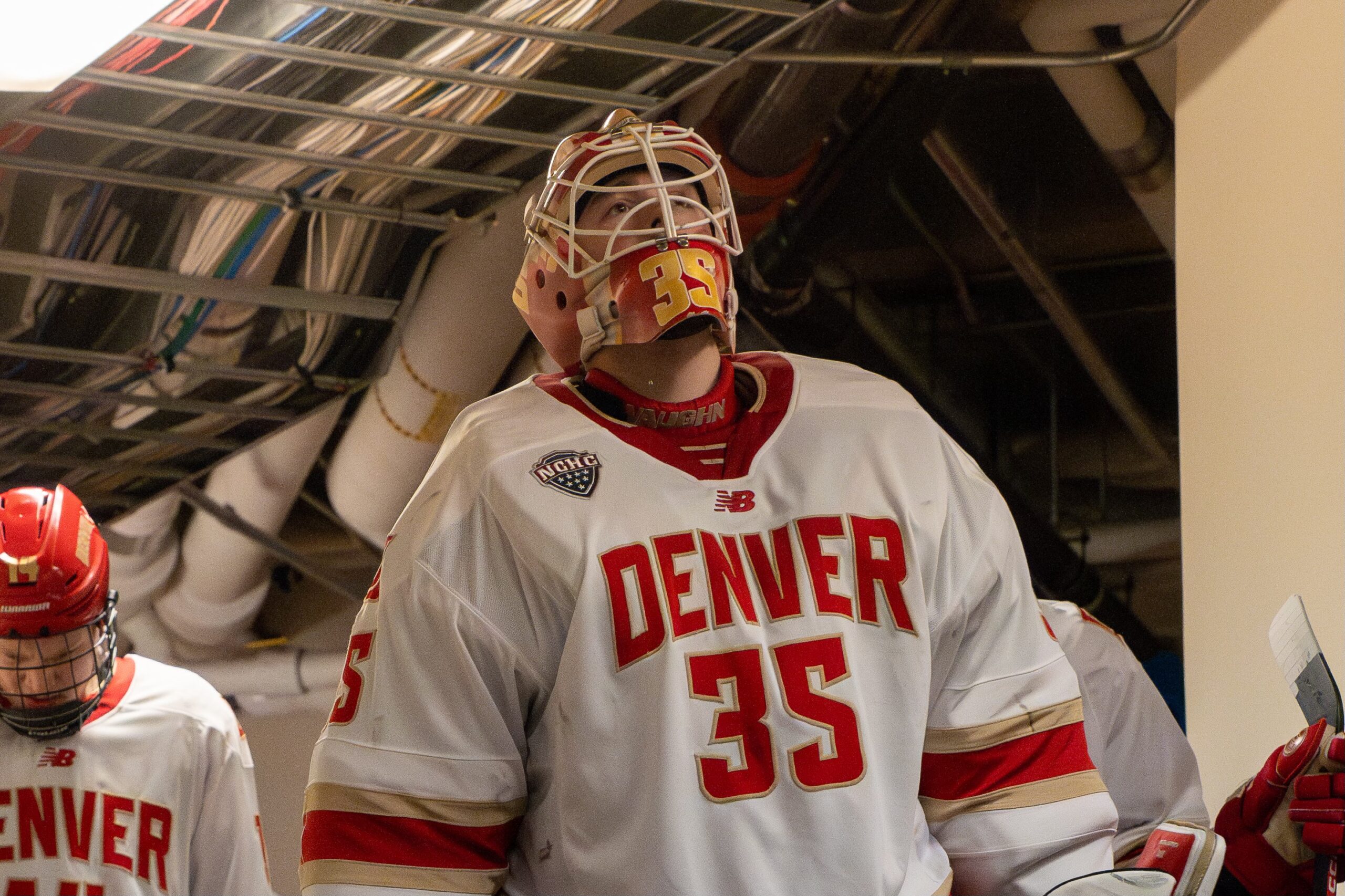Holocaust historian Shirli Gilbert discussed the role of music as a living monument to the victims of the Holocaust at the Fred Marcus Memorial Holocaust Lecture hosted in Driscoll Ballroom Sunday afternoon.
The lecture, “Buried Monuments: Yiddish Songs and Holocaust Memories,” was sponsored by the Center for Judaic Studies, the Holocaust Awareness Institute and the University of Denver. It was attended by about 350 people, including Holocaust survivors, said Amy Berkowitz Caplan, director of the Holocaust Awareness Institute.
Gilbert, professer at the University of Michigan, played music clips created by Jews in Eastern European ghettos or Nazi internment camps. These were recorded by unknown artists shortly after the end of World War II.
“Most of what we hear about the Holocaust comes from survivors. [Music] offers us a precious glimpse into the lives of those who didn’t survive; what they thought, felt and how they responded to life at the time,” Gilbert said.
As the audience listened, some tearfully, to the clips an English translation of the lyrics was displayed. Most of the songs described the pain and anguish of the Jewish experience in a camp, city or ghetto.
Gilbert said that many attempted to “give meaning to events by placing them in the context of a larger narrative.” That narrative was the long history of Jewish suffering and the survival of the Jewish nation.
Music, as documentation of suffering, is distinct because unlike the retrospective accounts of survivors provided after the fact; music reflects the “uncertain and shifting perspectives” of victims as the events are happening to them, said Gilbert. Music also gives the past a voice and a legacy to future generations.
“Being isolated emotionally and literally, they needed to feel that something would survive them,” Gilbert said. “Music was a way of connecting with the outside world and with the future they might not see.”
She argued that the songs, collected after the war, represent a living monument to those who suffered and died in the Holocaust, but because they have been largely forgotten, they have become the ‘buried monument.’
This is the second year that the Marcus Memorial Holocaust Lecture has been hosted at DU. Themes for the event in past years have included a talk on the role of resistance fighters and a presentation on the diaries of Fred Marcus, who fled to Shanghai in order to escape the Nazi occupation, according to Caplan.
It was Marcus’s belief that the memories of the Holocaust needed to be shared and kept alive with future generations which inspired his wife to establish the Holocaust Memorial Lecture following his death.
While the lecture was attended largely by adults and older community members, Caplan emphasized that the event is free and open to students as well.
“We hope to see more students here next year,” Caplan said.
Next year’s lecture will focus on the story of Nicolas Winton, who rescued more than 600 children during World War II. For more information visit the website www.du.edu/cjs.



